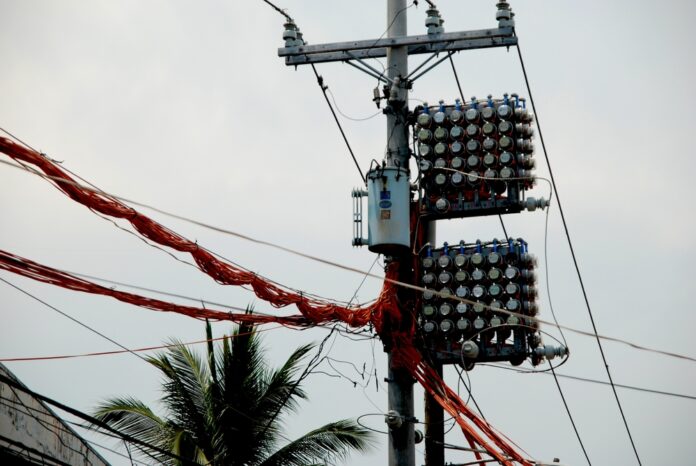The Department of Energy (DOE) on Thursday projected persistent yellow and red alerts raised three or more weeks down the line when the heat index continues to be high and some of power plants go offline for maintenance and other events.
Already, the Energy Regulatory Commission (ERC) has asked six generation companies to provide them more information on outages occurring recently.
Energy Undersecretary Rowena Guevara in briefing reporters online on Thursday, acknowledged the series of yellow and red alerts could last “in the next few weeks until the middle of May” when the heat index is seen remaining elevated.
“But as you’ve noticed in the past week, for example, several plants went offline that resulted in red alerts, one we cannot predict. We can only predict the increased demand based on the heat index and you can see there will be yellow alerts based on the heat index alone,” Guevara noted.
Yellow alerts are issued when power reserves in the grid is low. Red alerts go up when actual power supply against demand is insufficient and power interruptions are imminent.
The Luzon and Visayas power grids were again placed under yellow alert as of 8 a.m. Thursday as 56 power plant units were on forced outage or de-rated, resulting to the withdrawal of capacity totaling 2,095.1 megawatts.
Energy Secretary Rafael Lotilla noted the El Niño weather disturbance has created problems not only in the energy sector but in agriculture, in water, in health, education and other sectors.
“So these are indications of a natural calamity and therefore the local government units in many areas of the country, already declare it as such,” Lotilla said.
The DOE chief gave assurance the government is responding to the issue as needed, noting at least 4,164.92 MW of power projects will come online this year to bolster the country’s energy infrastructure and boost power supply and stability in the grid.
To date, 161.20 MW of the committed projects are now commercially operational while 835.888 MW are under testing and commissioning.
These projects are a mix of renewable and conventional power sources as base load plants of around 678.06 MW, mid-merit plants of another 1,320 MW and peaking plants of 2,164.92 MW.
Of the projected capacity, 4,030 MW are in Luzon, 80.25 MW are in Visayas and 52.50 MW are in Mindanao.
In terms of the timeline, 1,224.655 MW will operate in the second quarter, 1,352.167 MW in the third quarter and 1,571.154 MW in the fourth quarter.
At least 590 MW of battery energy storage will also come online this year, with 32.42 MW already operational.
The ERC refused to identify the six generation companies asked to explain the outages pending the results of the investigation on the first week of May this year
Last year, the ERC imposed approximately P60 million in penalties against 14 power companies for breaching the allowable number of outage days. Ninety-five generation companies remain under investigation for exceeding their outage allowance.
The ERC has also been monitoring prices at the Wholesale Energy Spot Market the past ten days.
“The Commission is diligently studying additional measures we can put in place under this extraordinary increase in demand as a result of the effects of El Niño and unavailability of supply or reserves… While we are completing our investigation on the outages, we are not losing sight of the fact that consumers – households and businesses alike – will bear the brunt of unavailable supply and/or high WESM prices,” said Monalisa Dimalanta, ERC chairperson, in a statement.
“That is why early on we have emphasized to the distribution utilities the importance of contracting for supply to at least avoid exposure to price spikes at the WESM. We have also facilitated the registration of solar-powered facilities for those consumers that have the ability to self-provide their own power requirements. All these efforts contribute to preparing for these eventualities,” Dimalanta said.







